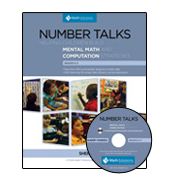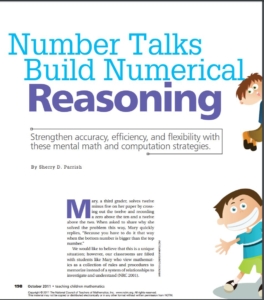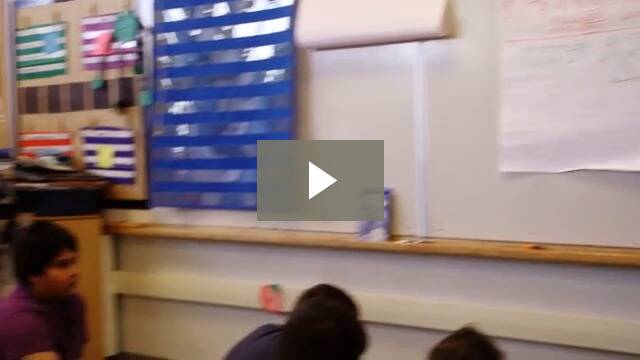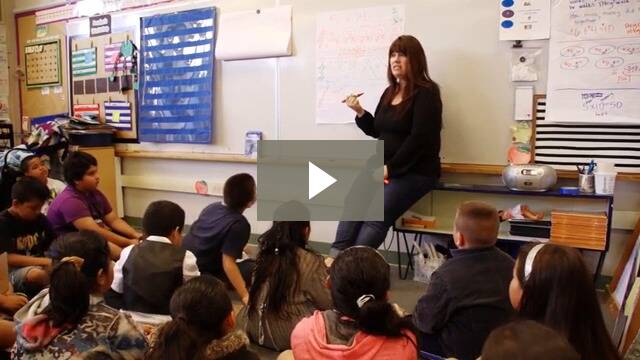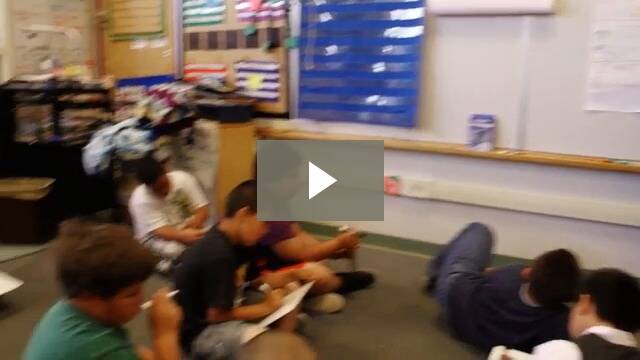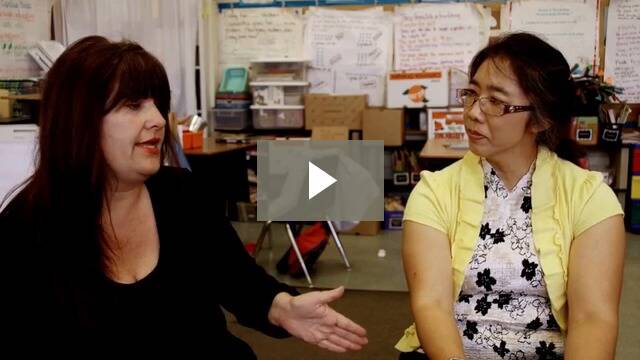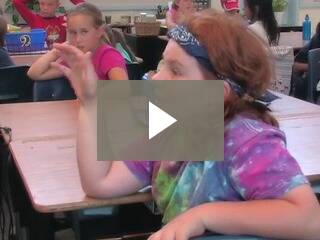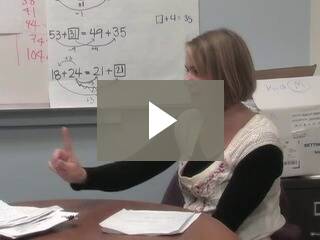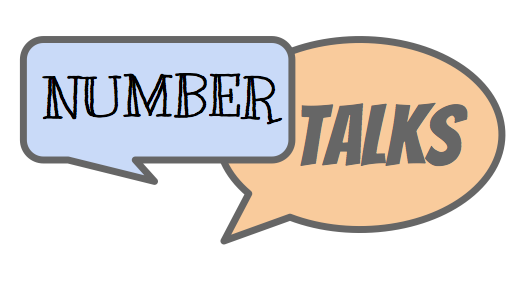
You most likely have heard the buzz about number talks, but the pressure of state testing may have had you feeling like you didn’t have the time to implement them in your classroom…well no more excuses!
The Mathematics Florida Standards, both the content standards and the Standards for Mathematical Practice, require that we as teachers shift our instructional practices to focus on building deep conceptual understanding and sense making in mathematics. In the article “Number Talks Build Numerical Reasoning” from the the October 2011 issue of NCTM’s Teaching Children Mathematics, Sherry Parrish says, “Classroom number talks, five- to fifteen-minute conversations around purposefully crafted computation problems, are a productive tool that can be incorporated into classroom instruction…During number talks, students are asked to communicate their thinking when presenting and justifying solutions to problems they solve mentally. These exchanges lead to the development of more accurate, efficient and flexible strategies.”
I think we can all agree that this sounds great, right?! But, how do we get number talks started, and what do they look like in action?
Parrish goes on to describe 5 key components of a classroom number talk:
1) Classroom environment and community. The classroom must be established as a safe, risk-free environment in which all ideas and answers are accepted and valued
2) Classroom discussions. Successful number talks are rooted in communication. When students share and discuss computation strategies, they have the opportunity to clarify their thinking, investigate mathematical relationships, build a toolbox of strategies, evaluate the efficiency of strategies, and consider and test the logic of different strategies.
3) The teacher’s role. The teacher must shift from the “holder of information” to taking on the interconnected roles of facilitator, questioner, listener and learner.
4) Role of mental math. Mental math is a critical component of number talks, because it encourages students to build on number relationships to solve problems, rather than relying on rote procedures. In addition, mental math strengthens students’ understanding of place value.
5) Purposeful computation problems. As part of the teacher’s role as the facilitator of number talks, purposeful problems that will guide students to focus on the desired math relationships must be selected. The goal and purpose of the number talk should determine the numbers and operations of the problem.
Click on the links from insidemathematics.org for an example of a number talk for 2-digit multiplication by 1-digit multiplication:
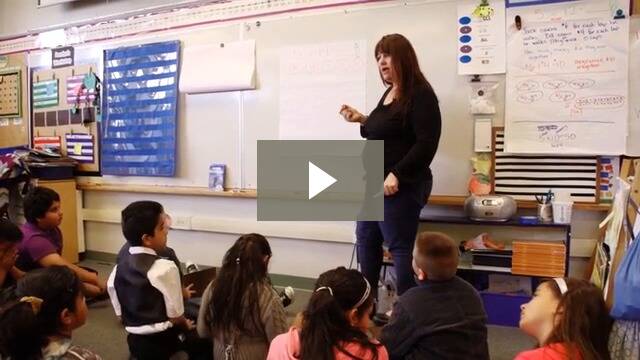
“>
Here are additional inside mathematics video clips from a 4th grade number talk, “Can this be true?”, including a pre-and post-talk:

“>
For more information on number talks, take our Number Talks training offered by the Hillsborough County Elementary Mathematics Department, read Sherry Parrish’s full article, “Number Talks Build Numerical Reasoning”, or checkout Sherry Parrish’s book Number Talks: Helping Children Build Mental Math and Computation Strategies
